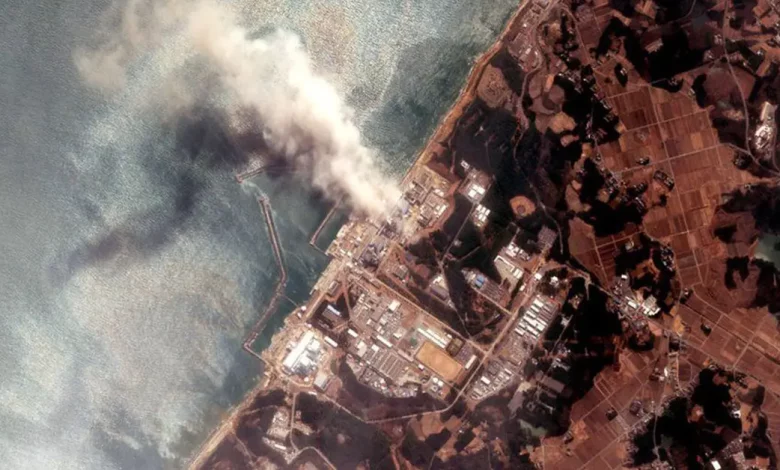
Context- Japan’s plans to discharge waste water from the tsunami-damaged Fukushima nuclear plant into the ocean have been approved by a UN nuclear watchdog.
Key Highlights About the Fukushima Disaster
- In 2011, the Fukushima Daiichi Nuclear Power Plant was flooded by a tsunami brought on by a magnitude 9.0 earthquake.
- It is thought to be the worst nuclear accident since Chernobyl.
- Influence: In north-eastern Japan, the combined effects of the earthquake and tsunami resulted in a significant number of fatalities and widespread destruction.
- An exclusion zone surrounding the plant, which is still in place, was used to evacuate more than one million fifty thousand people. The plant’s decommissioning has also begun, but it could take decades.
Atomic Waste water Issue
- The Fukushima facility is running out of storage space for the water, which was utilized to cool atomic reactors.
- After being contaminated by contact with fuel rods at the reactor, which was destroyed by an earthquake in 2011, the water was distilled.
- The water has been filtered of most radioactive elements.
- Each day, the Fukushima nuclear power plant generates 100 cubic meters of waste water, and tanks on the site currently contain approximately 1.3 million tonnes of radioactive water, which is sufficient to fill 500 Olympic-sized swimming pools.
Opposition
- Over the years, some of China’s neighboring nations have voiced concerns about the threat to public health and the marine environment.
Stand of IAEA
- The International Atomic Energy Agency (IAEA) said, the delivery follows International standards and will irrelevantly affect the climate.
Conclusion
- In conclusion, Japan claims that the tritium and carbon 14 levels of the water that will be released into the Pacific Ocean, which has been mixed with seawater, meet safety standards.
- With a rolling filtering and dilution process and the planned decommissioning of the plant, the water disposal will take decades to complete.
Accident at Chernobyl
- On April 26, 1986, the Number Four RBMK reactor at the nuclear power plant in Chernobyl, Ukraine, lost control during a low-power test. This caused an explosion and fire that destroyed the reactor building and released a lot of radiation into the air.
- The reactor’s uranium fuel overheated and melted through the protective barriers as safety measures were ignored.





.png)



